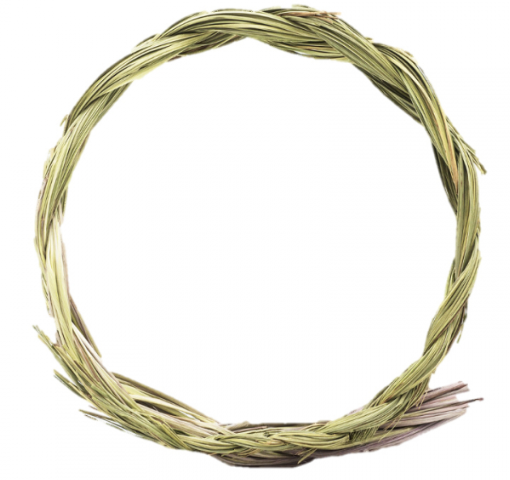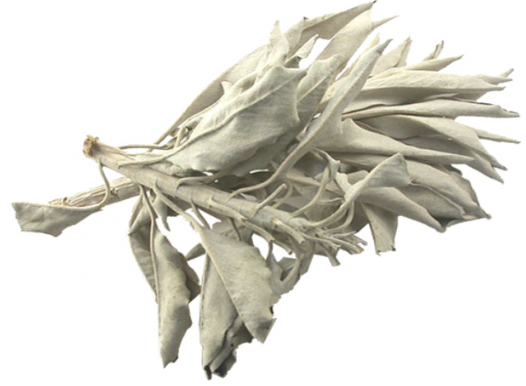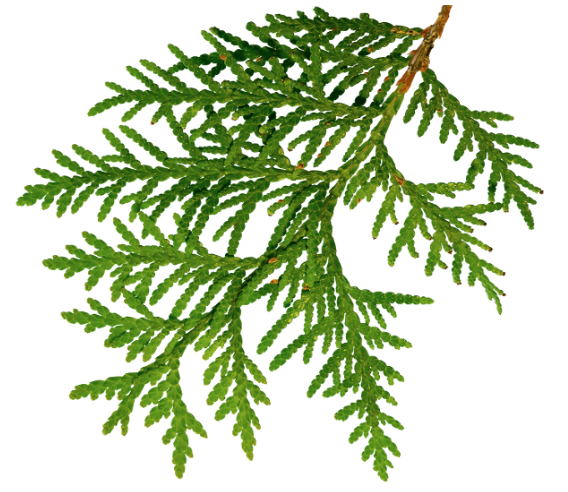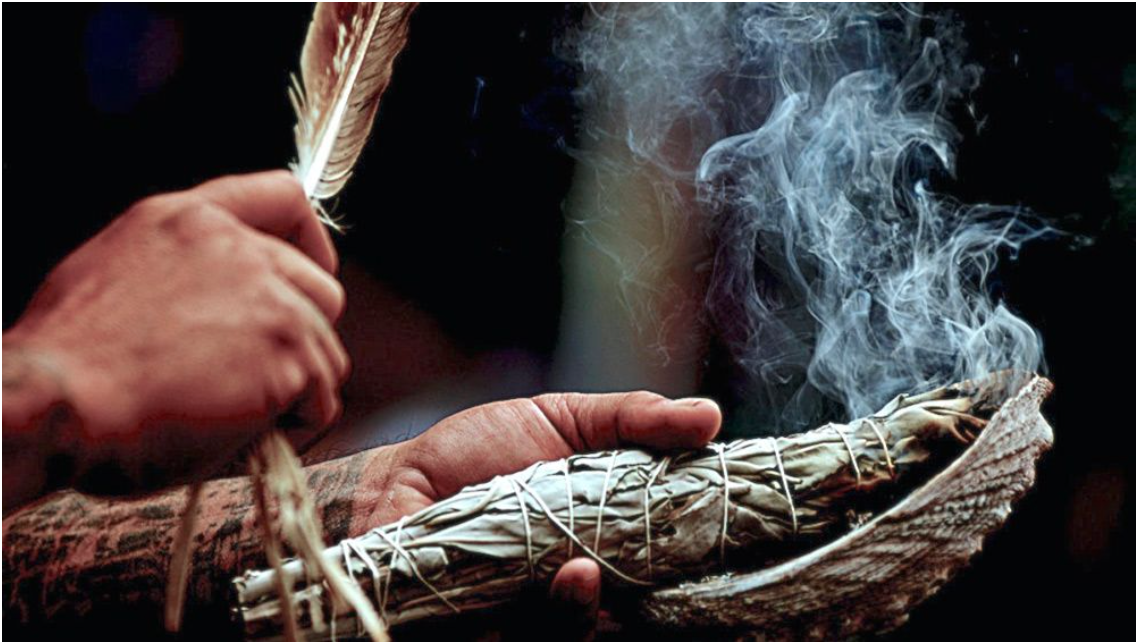3 Lesson Six: The Four Sacred Medicines & Smudging
Four Sacred Medicines Overview
The four sacred medicines hold significant value to Indigenous cultures and can be used in everyday life and ceremonies.
1. Tobacco

(Downie WenJack Fund, n.d.).
- Traditional tobacco is used to communicate with the spirit world.
- It is used as an offering as you can communicate your thoughts and feelings through the tobacco to pray for yourselves, your relatives, and others.
- Tobacco can be used to offer when picking medicines, when seeking help and advice from Elders, and during ceremonies.
2. Sweetgrass

(Downie WenJack Fund, n.d.).
- Sweetgrass is the sacred hair of Mother Earth.
- It provides a relaxing and calming effect.
- The braid’s three strands signify body, mind, and spirit harmony.
3. Sage

(Downie WenJack Fund, n.d.).
- Sage is used to prepare individuals for ceremonies and teaching as it cleanses and purifies the spirit.
- It is used for releasing the troubled mind and removing negative energy.
- It can also be used daily for cleansing homes and sacred items.
4. Cedar

(Downie WenJack Fund, n.d.).
- Like sage and sweetgrass, cedar is used to purify the home and has restorative medicinal uses.
- Used in fasting and sweat lodges as a form of protection.
Smudging Overview

(Converging Pathways Consulting, n.d.).
Smudging is a spiritual tradition common to many Indigenous people. Typically using one of the four sacred medicines, smudging involves burning the medicine. It can be done in various ways, with many variations and protocols existing.
Process:
- Plant leaves and stems of the medicines are placed in a container, typically a shell.
- The leaves and stems are lit with a wooden match until a small flame ignited.
- The flames are gently blown out, releasing smoke.
- The smoke is then wafted over the person by hand or with an eagle feather.
Smudging enables individuals to stop, slow down, and become mindful and centred. It also aids in the release of negative feelings and thoughts.
